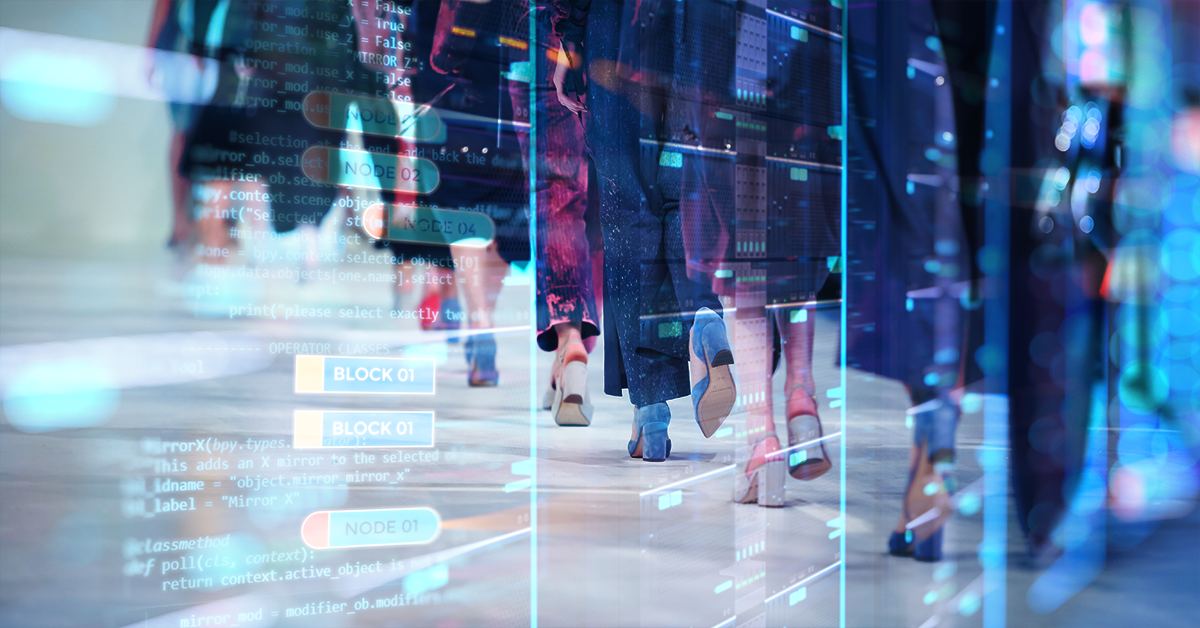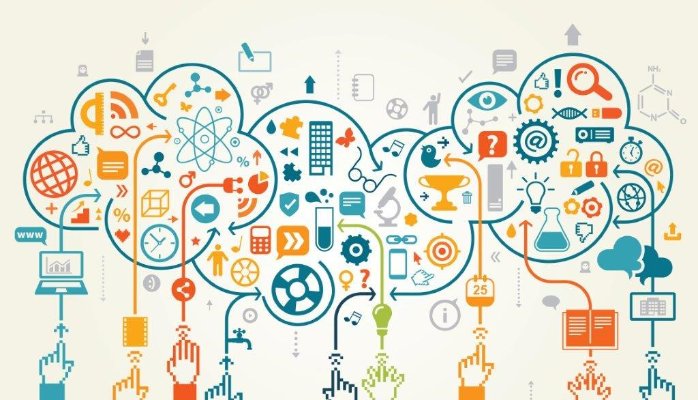The fashion industry is among one of the most polluting industries in the world, responsible for 8 to 10% of global carbon emission, which is more than all international flights and maritime shipping combined. Fast fashion is strongly grounded in a linear way of production, with a supply chain expanded over different geographical regions. Overall, the supply chain in fast fashion is very disconnected; large corporations have suppliers and manufacturers spread all over the world, which leads to a large lack of transparency and accountability for production processes. Much of the unsustainable practices in fashion is due to lack of traceability, transparency and accountability that corporation’ have across the supply chain.
As a result, consumers are demanding more transparency about the production process and origins of clothing. Firms as Zara and H&M are increasingly responding to such consumer pressures, like for instance with the launch of sustainably sourced product lines. Nevertheless, technological innovations are providing promising solutions for the lack of transparency in the fashion industry, and enabling an opportunity for the industry to become more sustainable. Innovations like blockchain and AI can enable connectivity and share information on corporate production processes increasing traceability and transparency, transforming the standards in the industry.
Blockchain enables track & trace technology and advanced inventory management, so that the great disconnected in the fashion supply chain can be more physically connected and transparent. Fashion corporations can track the movement of raw materials, fabrics, suppliers and manufactures, which increases the accountability of various players in the production processes that normally is difficult to achieve. This enables the needed transparency that incentives new sustainable standards. Company’s like Pantagonia and Everlane are leading sustainable company’s in fast fashion using sustainability and transparency as a selling point creating competitive advantage.
It will be very interesting to spot how emerging technological innovations are going to impact the fashion industry. It is without a doubt that these innovations can be used to create new sustainable standards that the public is demanding. But will this opportunity be enough for corporations to truly adopt new sustainable standards and move towards sustainable change?
Sources:
DRIFT (2018) The transition to good fashion. Report for C&A Foundation and Fashion for Good. Available at https://drift.eur.nl/wp-content/uploads/2018/11/FINAL_report.pdf
Forbes, (2018)https://www.forbes.com/sites/samantharadocchia/2018/06/27/altering-the-apparel-industry-how-the-blockchain-is-changing-fashion/#67576d7329fb
The Economical Times (2019). https://economictimes.indiatimes.com/small-biz/sme-sector/from-zara-to-hm-fast-fashion-face-the-age-of-reckoning/articleshow/72120398.cms?from=mdr
Weill, P. and Woerner, S. (2013). Optimizing Your Digital Business Model. [online] MIT Sloan Management Review. Available at: https://sloanreview.mit.edu/article/optimizing-your-digital-business-model/



